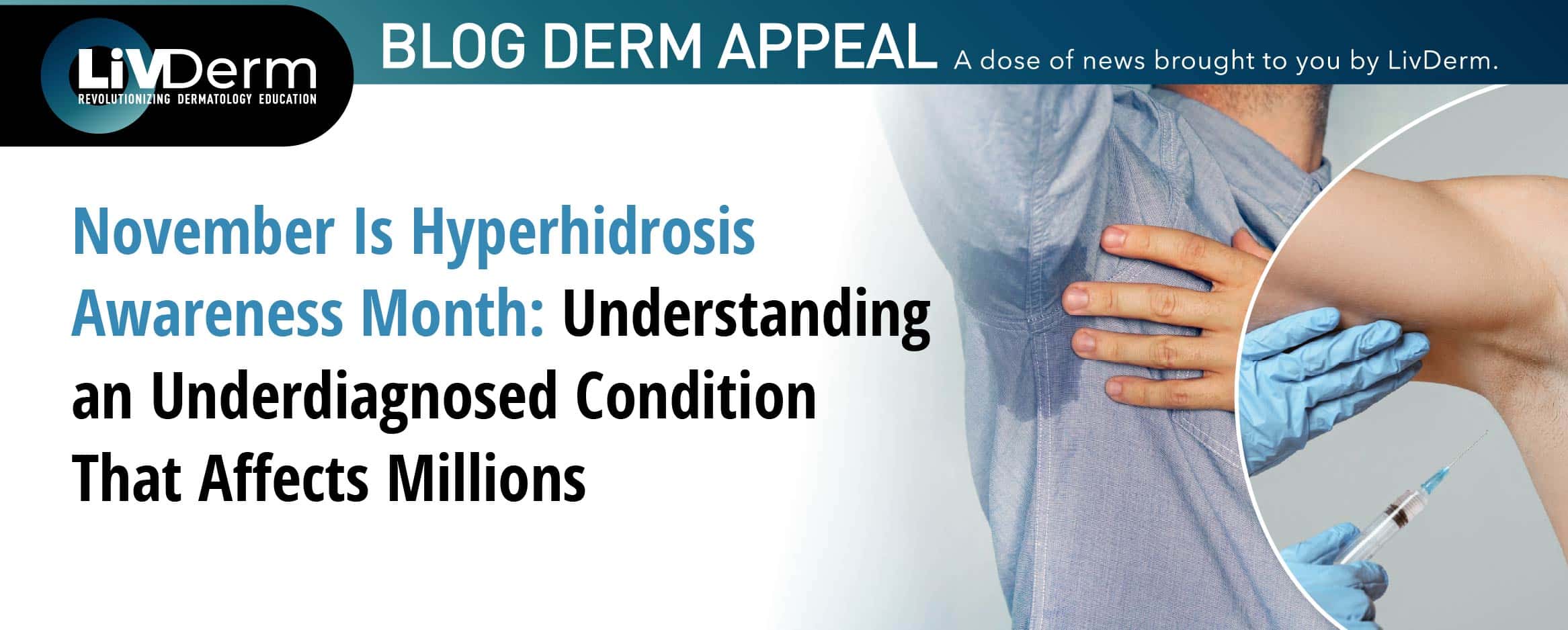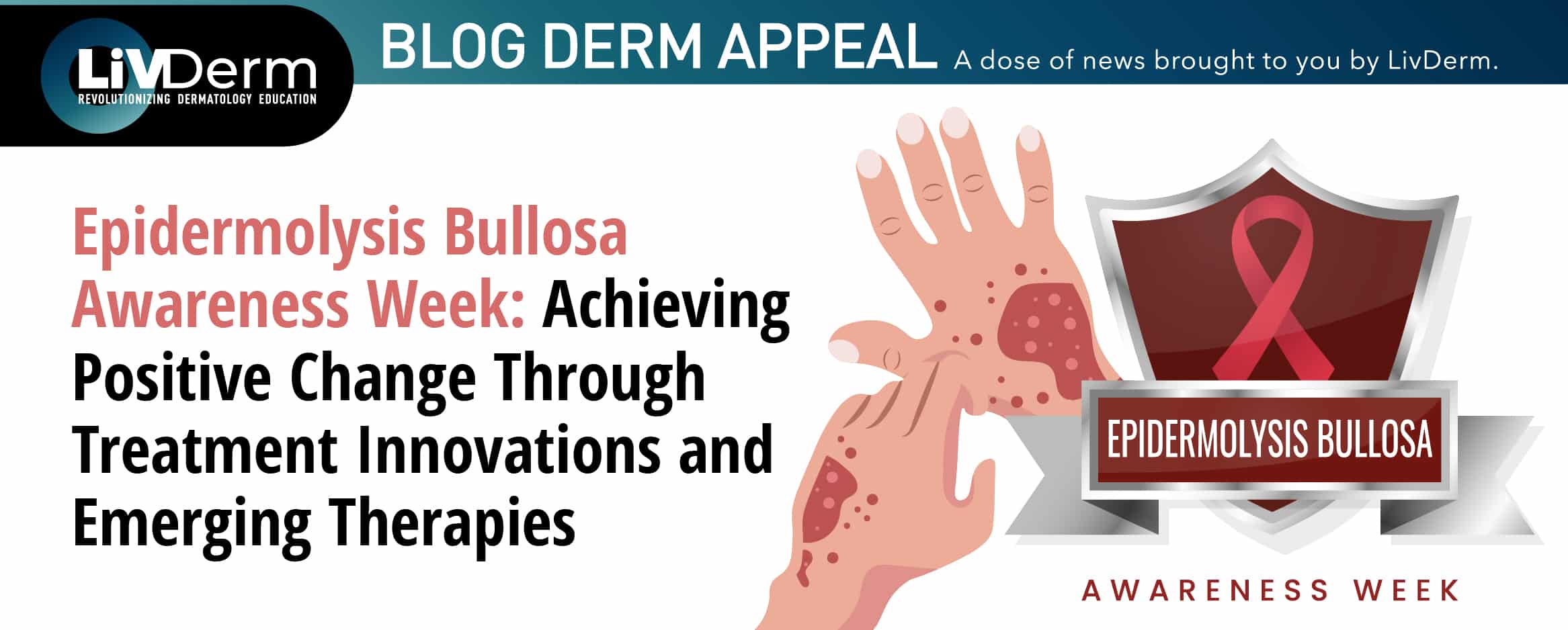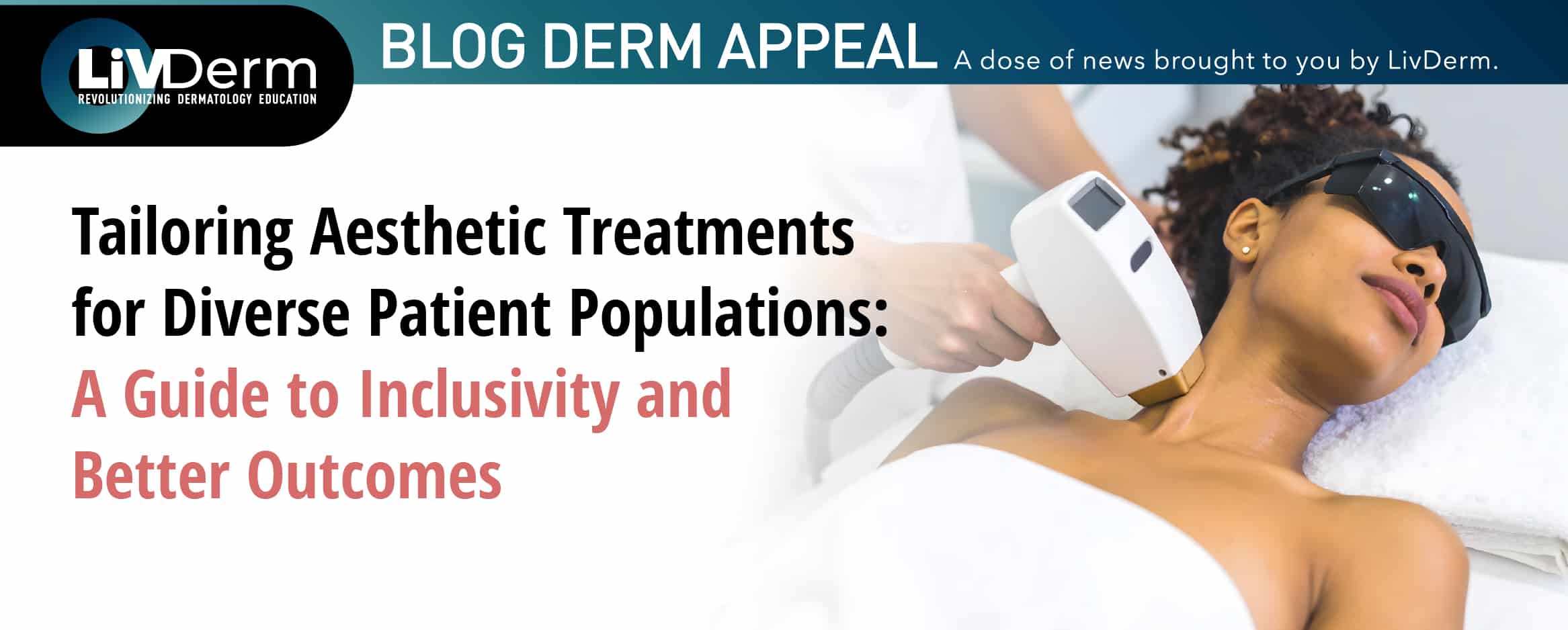As a dermatologist, helping patients achieve healthy skin is always the primary objective, but with hyperhidrosis, the condition marked by excessive, uncontrollable sweating, this goal can be especially challenging. Worldwide, it affects more than 385 million people, yet 27% of adults remain undiagnosed. Left unrecognized, hyperhidrosis can have serious physical and emotional consequences.
Underdiagnosis and Quality of Life Impact
Characterized by unpredictable perspiration beyond what the body requires to regulate internal temperature, hyperhidrosis can affect various parts of the body. Sweat may occur in the underarms, palms, feet, face, and other areas, causing discomfort and social embarrassment. For many patients, this leads to shame, social stigma, and avoidance of daily activities. Some assume excessive sweating is simply a natural response to stress or heat, delaying medical consultation.
“Despite hyperhidrosis affecting millions, it remains under-recognized primarily due to social stigma and lack of awareness,” says Shoshana Marmon, MD, an assistant professor of dermatology at New York Medical College in Valhalla. “Many individuals feel embarrassed to discuss excessive sweating and may perceive it as a personal or hygiene issue rather than a medical condition.”
Bridging Clinical Efficacy with Lifestyle
Hyperhidrosis can be a lifelong condition, but dermatologists now have a variety of strategies to help patients manage it effectively. Working with a knowledgeable healthcare team, patients can find a treatment — or combination of treatments — that helps control excessive sweating and reduce the embarrassment and anxiety that often accompanies the condition.
Practical Approaches to Managing Hyperhidrosis
- Prescription Antiperspirants: Aluminum chloride solutions can control excessive sweating.
- Oral Medications: Prescribed to regulate sweat production.
- Botox Injections: Temporarily block nerves that activate sweat glands, providing months of relief.
- Lifestyle Adjustments: Breathable fabrics, stress management, and avoiding triggers like spicy foods.
- MiraDry: Minimally invasive procedure that destroys underarm sweat glands, reducing sweat and odor.
- Topical Anticholinergics: Sofpironium (Sofdra) or Glycopyrronium Tosylate (Qbrexza) can reduce sweat by 50–60% by blocking acetylcholine, which stimulates sweat glands.
Concluding Thoughts
Excessive sweating affects patients in different ways, with a range of physical and emotional impacts. Hyperhidrosis Awareness Month is a chance for clinicians to join the International Hyperhidrosis Society (IHhS) in raising awareness, promoting diagnosis, and helping patients reclaim their confidence. By educating patients and fostering empathy, dermatology professionals can significantly improve quality of life for those living with this underdiagnosed condition.
















